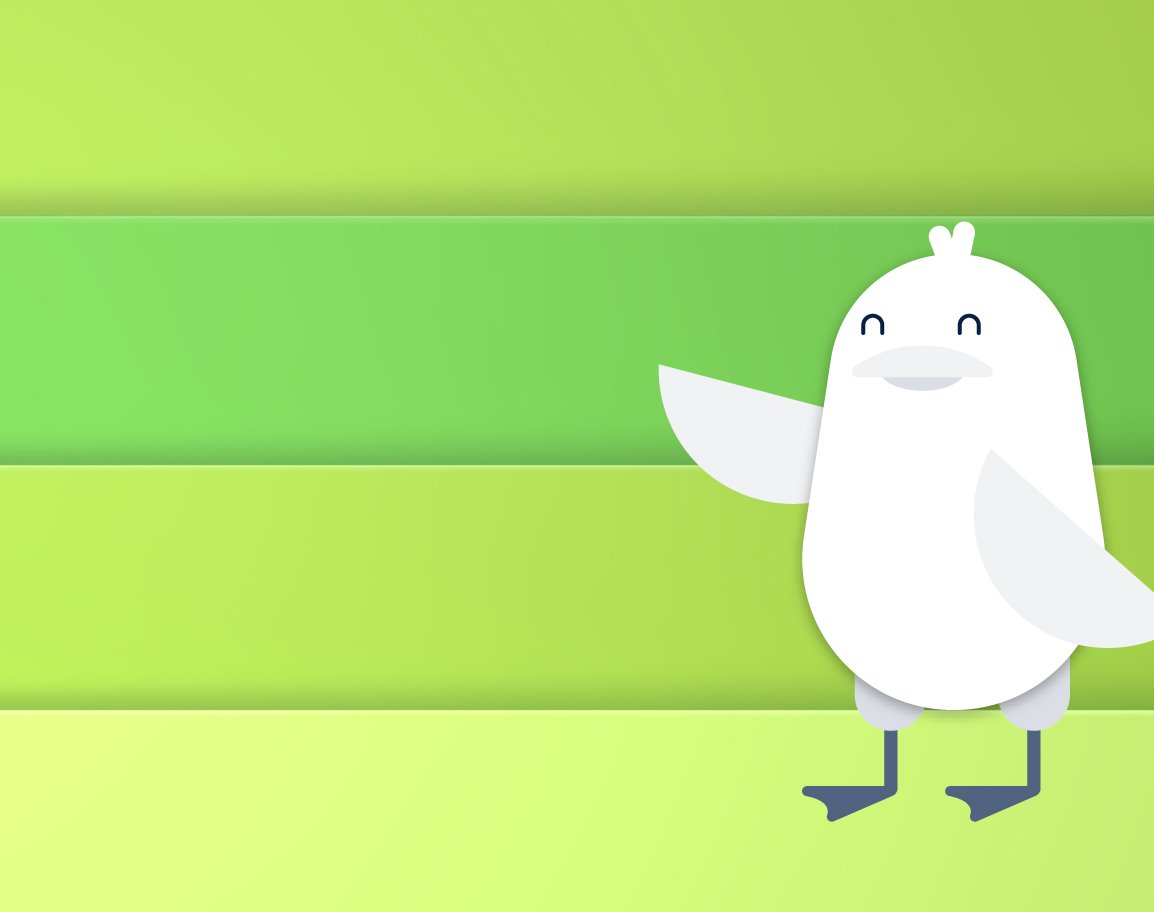Smell the roses
Wander outside into our Butterfly Garden in Oakland and our healing gardens at Mission Bay.


Pulmonary hypertension (PH) is a disorder in which blood vessels in the lungs become narrow, impeding blood flow. As a result, blood pressure in the lungs rises above normal. This forces the right side of the heart to work harder than it should to pump blood out through the lungs.
Pulmonary hypertension often worsens over time. Without treatment, it can advance to the point where the right side of the heart fails. All children with PH should undergo a thorough evaluation from a physician and team with expertise in PH. The evaluation should include a search for the underlying cause of PH to determine the best treatment options.
Treatments can ease symptoms and slow the disease's progression, but there is currently no cure for PH. However, a great deal of research is under way, and the long-term prognosis is considerably better than it was even five years ago.
A number of conditions can cause or contribute to pulmonary hypertension. They include:
Sometimes we can't find a cause. This is called idiopathic pulmonary hypertension.
Symptoms of pulmonary hypertension are often minor at first but can gradually worsen over time. Other conditions can cause similar symptoms, which makes early detection challenging. If your child experiences any sign of pulmonary hypertension, consult his or her doctor right away. The most common are:
The first steps to diagnosing PH are to collect a medical history and perform a complete physical exam. Additional testing may be required to help determine whether your child has PH and what may be causing it, including:
If these tests definitively show pulmonary hypertension, your child may need a comprehensive work-up with some or all of the following:
The first step in treatment is usually to identify the underlying cause of PH and try to correct it. Other treatment options may include supplemental oxygen and medications that are taken orally, inhaled or delivered by continuous infusion under the skin or into a vein. The medications we currently use include:
UCSF's Pediatric Pulmonary Hypertension Program is one of the leading centers for research on pediatric PH. Your child may have the option of participating in a clinical trial testing new treatments.
UCSF Benioff Children's Hospitals medical specialists have reviewed this information. It is for educational purposes only and is not intended to replace the advice of your child's doctor or other health care provider. We encourage you to discuss any questions or concerns you may have with your child's provider.

Best in Northern California for cardiology & heart surgery

Ranked among the nation's best in 11 specialties

Accredited pediatric center for comprehensive care (Pulmonary Hypertension Association)
Smell the roses
